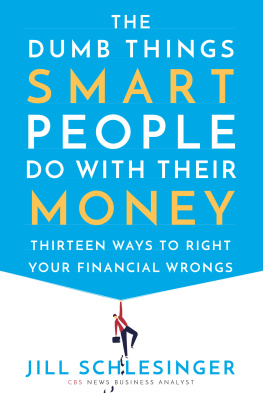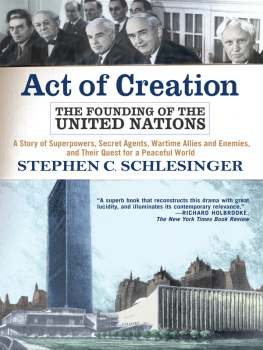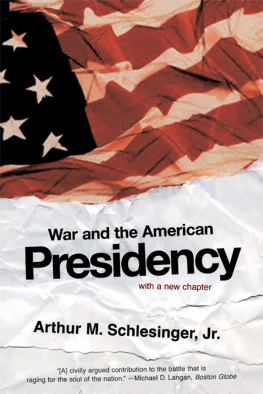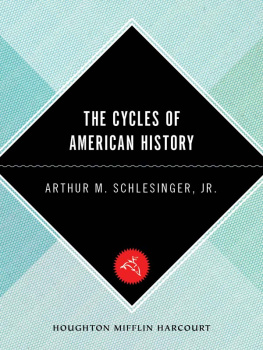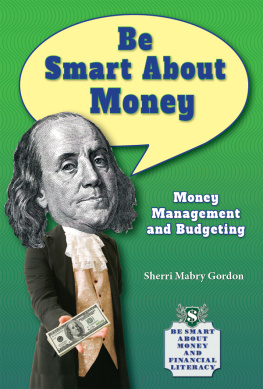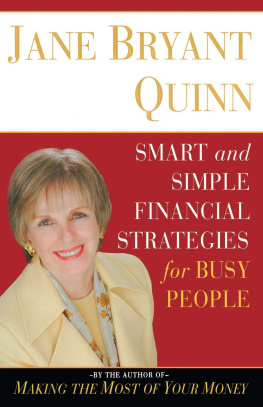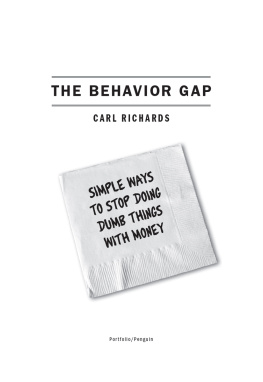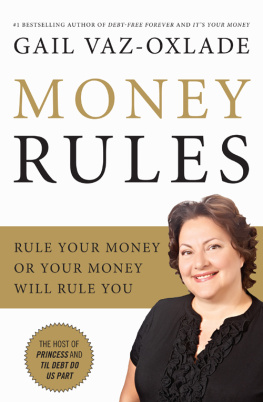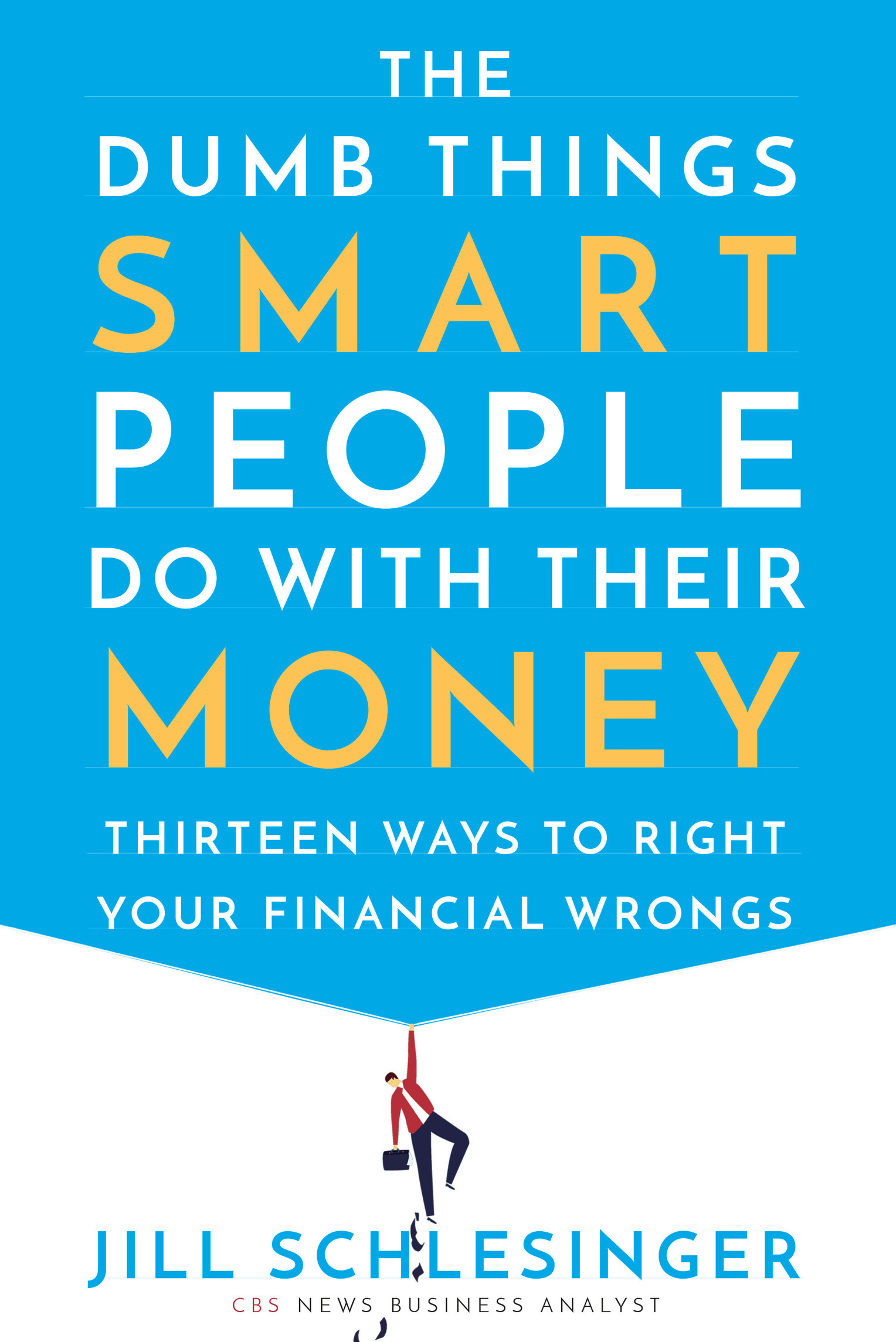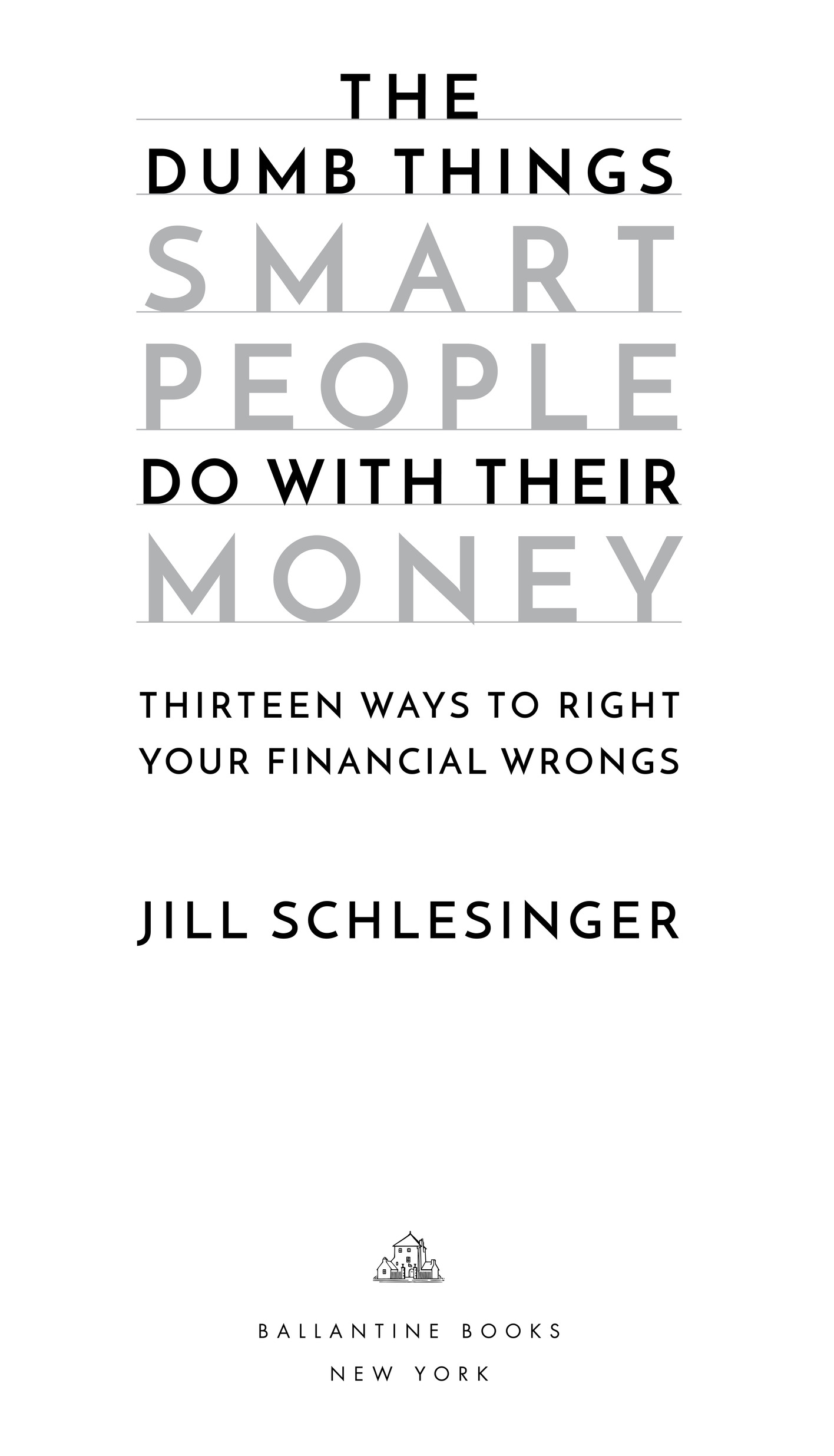Unless otherwise indicated, the stories presented in this book are real. For privacy reasons, I have changed most names and other identifying details. Please visit my blog, Jill on Money, for additional information on the topics covered in this book. And please know that certain conceptual formulations and pieces of advice contained in this book originally appeared there.
Introduction
When it comes to money, we all suffer through our share of Oh, shit momentsthose life-altering instants in which we realize weve screwed up royally. I have witnessed countless of these moments and experienced more than a few myself, first as a gold and silver options trader, then as a financial planner, and now as a business analyst for CBS News and the host of a radio show and podcast. As Ive found, we sometimes can take action to save ourselves, and what we thought was a major screwup really isnt. But usually, Oh, shit is exactly that, and its all we can do to mourn our losses and carry on.
In 2006, my former client Randy experienced a genuine Oh, shit moment, one that would dog him the rest of his life. During the 1990s and early 2000s, Randy had worked for a large bank as a senior loan officer. It was his job to field applications from small businesses and decide whether to make the loans. By 2003, when he was in his early forties, Randy felt ready for a change. Instead of slaving away for a bank, he thought, he could take his considerable expertise and start his own business, consulting for small companies and helping them with all sorts of finance-related issues. Hed have to travel more, trudging across the country to meet with clients, but his income would jump from $150,000 to $300,000 or more, allowing for a much better lifestyle for his wife and two teenage kids.
With some trepidation, Randy quit his job and opened his own consulting practice. Through his vast connections, he landed a few lucrative contracts straight out of the gate. At around this time, he and I met to discuss his financial plan. In many ways, he was in a great place. In addition to having saved for his kids college, he had about $800,000 in his 401(k) and about $500,000 in a non-retirement investment account. His challenge, now that he was starting his own business, was to replace the generous benefits his bank had provided him. He budgeted money to pay for private health insurance, which wasnt cheap, and we bolstered his life insurance coverage. Hey, I said to him, what about disability insurance? Previously, his bank had paid to insure him in case he suffered a physical injury that prevented him from performing his job. This kind of insurance, which pays out a certain percentage of your annual salary, is affordable as a corporate benefit, but can be very expensive if you buy it as an individual. Now that Randy was on his own, it would cost him about $8,000 a year to cover 70 percent of his new income of $300,000 until age sixty-five, when he would be able to claim Social Security. Of course, he could tap his non-retirement savings at any time, and his retirement account at age fifty-nine and a half, but replacing 70 percent of $300,000 would cause him to drain that non-retirement account in less than three years.
When I told Randy that he needed to buy the coverage, he balked. Thats an awfully high premium, he said. And look, theres no way Im going to need that. I could understand if I had a heart problem or something, but Im healthy and I have great genes. I pressed him on it, but he refused. Jill, Im telling you, I just dont need it. And I dont want to pay for it. I could understand Randys perspective. I was asking him to pay a big bill for something we both hoped hed never need. Then again, I never hear people complain that they had to buy auto insurance, and damn it, I didnt even get into an accident this year! I knew disability insurance was the right move for Randy.
Now, you see where this is going. For the next several years, Randy and I met annually to discuss his finances. Each time, I asked him about the disability insurance. Each time, he declined. Then in 2006, the unthinkable happened. No, Randy didnt have a heart attack. He was righthis ticker was perfectly fine. He was diagnosed with multiple sclerosis. His symptoms had developed gradually over a period of several years. By the time of his diagnosis, they were pretty bad. He couldnt control his balance and would fall easily. Although he could still work, he couldnt log nearly as many client hours as he had anticipated, and he couldnt travel for his job. Instead of earning $300,000 each year, he would eke out only $75,000.
The diagnosis was Randys Oh, shit moment. Of course, the news was a terrible tragedy, devastating to him and his family, and entirely beyond his control. But adding to that grim reality were the financial implications. If he had carried disability insurance, he would have received monthly payments that would nearly equal his annual take-home income. Without the insurance, he was in trouble. His family could cut back a bit on expenses, but there was no way to slash his households monthly expenditures by over two-thirds. Randys wife worked, but only part-timeshe couldnt bridge the gap. So, month after month, Randy would have to dig into his $500,000 in non-retirement savings. Well before he turned sixty-five, it would be gone.
Although my heart goes out to Randy, he and I both realized that he had made a dumb mistake, one that cost him big-time. How much? Lets do the math. Randys diagnosis came three years after his former companys disability insurance had lapsed. If he had opted for coverage, he would have paid $24,000 in premiums before filing a claim. Because he had declined coverage, he was forced to deplete his $500,000 non-retirement savings. So,

